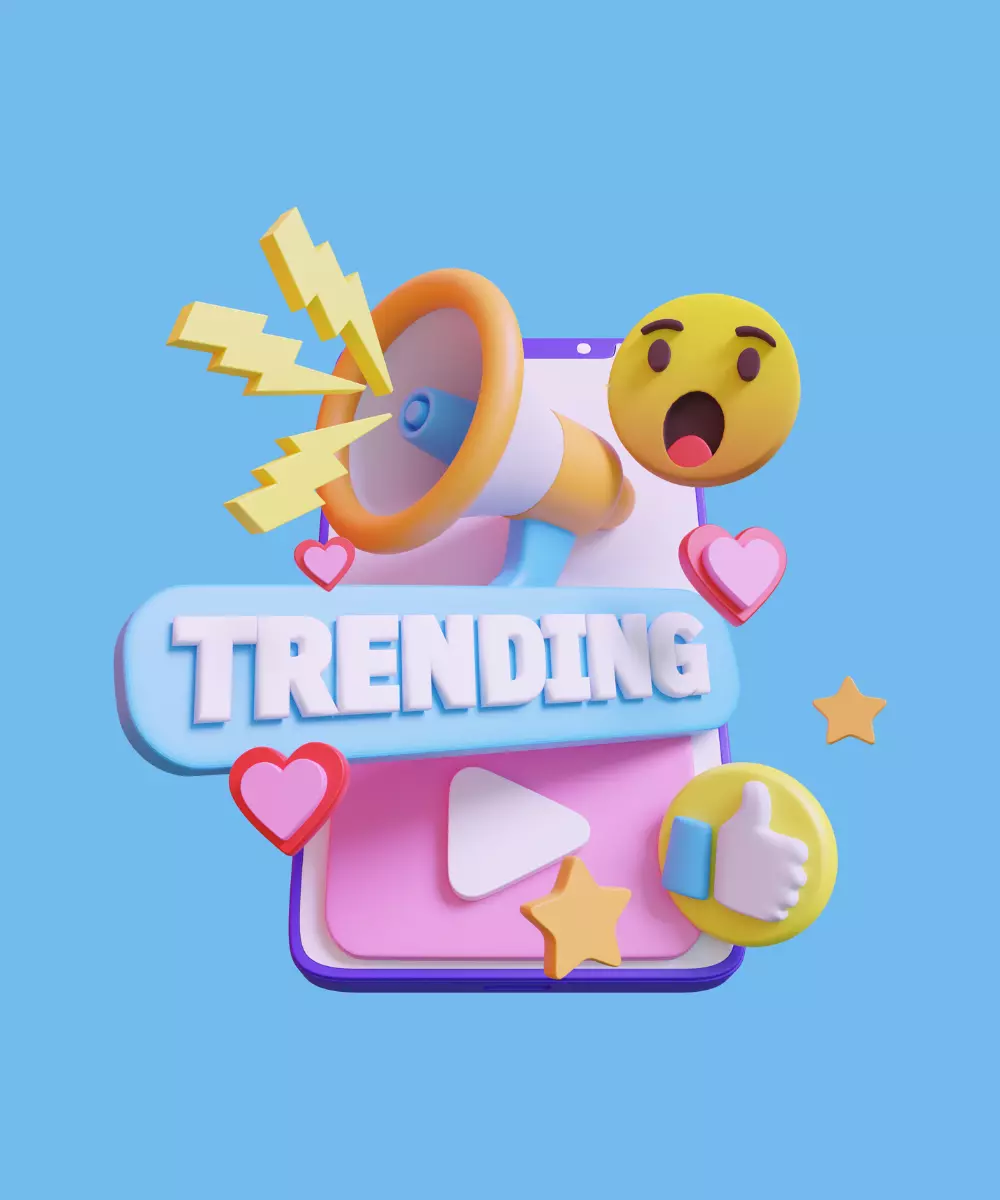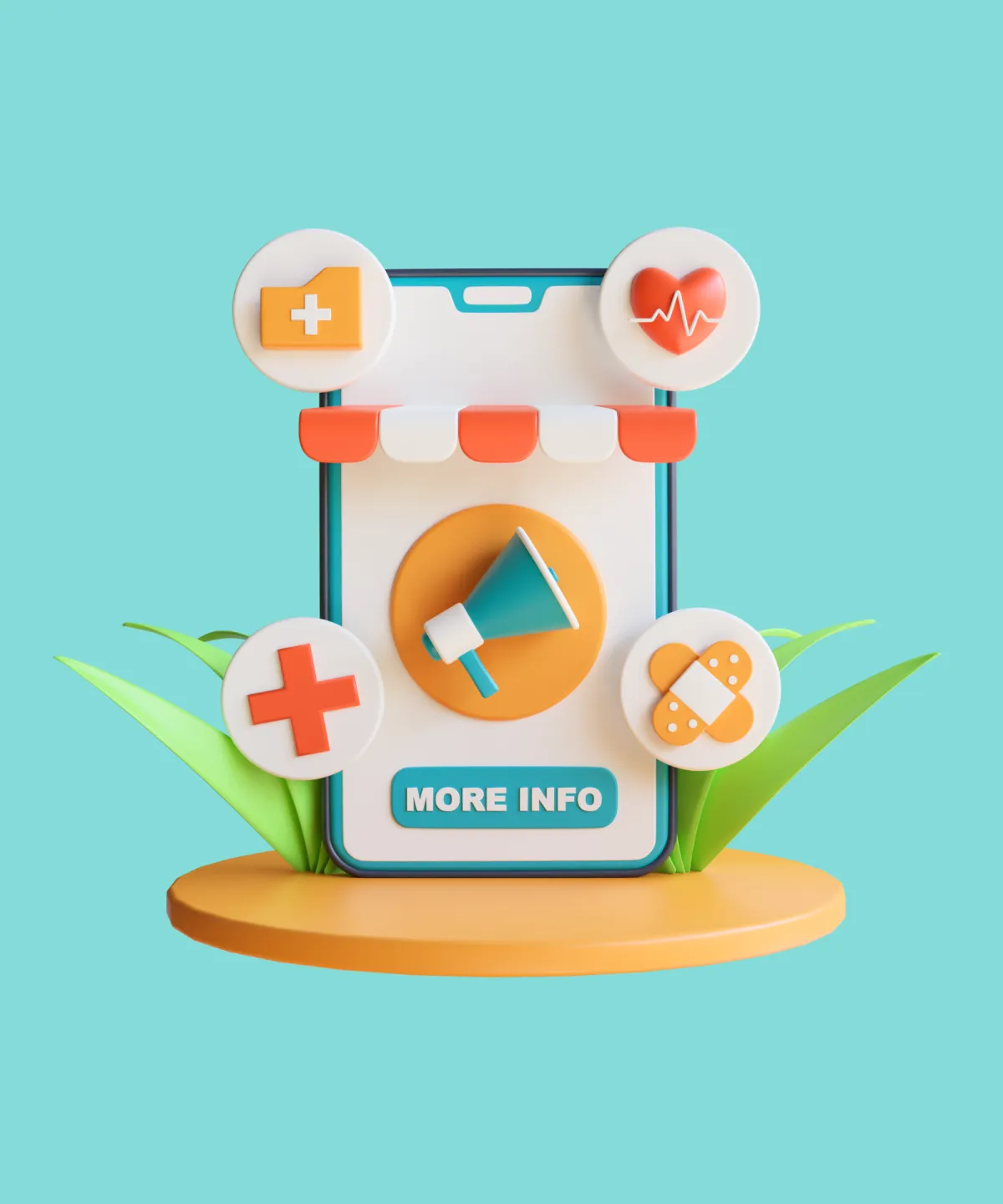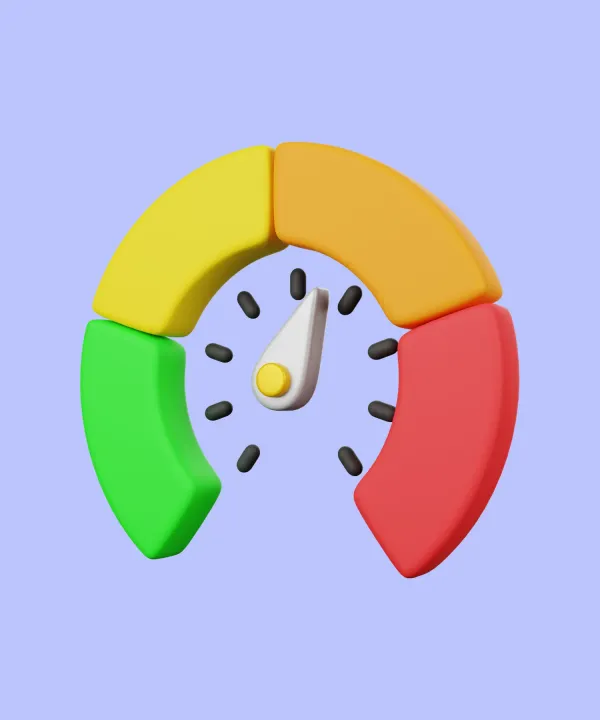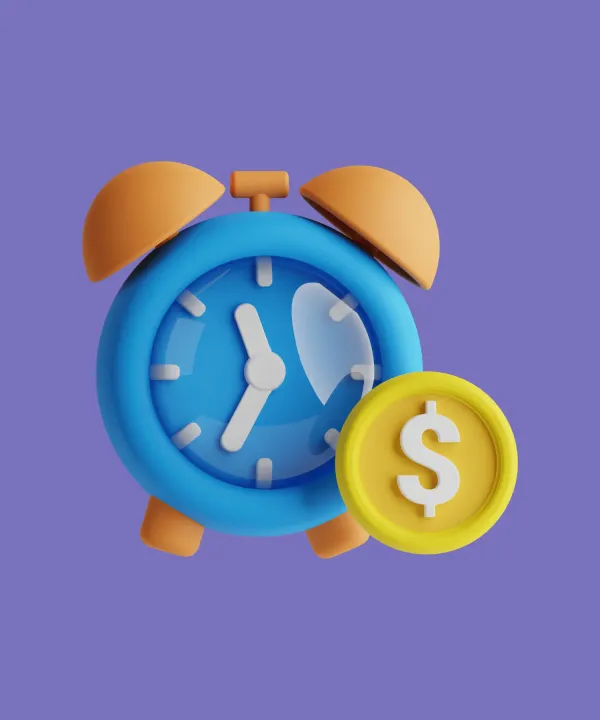The telehealth industry is rapidly evolving, powered by advances in technology and changing healthcare needs. In recent years, especially in the wake of the COVID-19 pandemic, there has been a notable surge in the adoption of telehealth solutions. These tools, primarily in the form of mobile and web applications, enable medical professionals to consult with patients remotely, offering a practical solution to healthcare's accessibility and efficiency challenges.
Telehealth apps essentially streamline the healthcare process. By eliminating the need for physical presence, they reduce waiting times, travel costs, and the risks associated with in-person visits. For healthcare providers, this transition to digital means improved patient management, broader reach, and more flexible service offerings. For businesses and developers, this growing demand presents a significant market opportunity. As more institutions look to integrate telehealth solutions, understanding the nuances of its development becomes crucial.
This article provides an in-depth look into the world of telehealth app development, discussing its significance, the benefits it offers, potential challenges, and key features to consider. Whether you are a developer, business stakeholder, or a healthcare entity, this guide aims to offer valuable insights into the rapidly expanding realm of telehealth.
Why Build a Telemedicine App
In recent years, the global health sector has undergone significant transformations. Advancements in technology combined with emerging healthcare needs have paved the way for innovative solutions. Here's why telemedicine apps are becoming a mainstay:
- Increased accessibility to healthcare: Traditional healthcare systems often pose accessibility challenges, especially for those living in remote areas or places with limited medical facilities. Telemedicine apps make healthcare services available to anyone with an internet connection, bridging this accessibility gap.
- Rise in telehealth demands post-pandemic: The COVID-19 pandemic highlighted the vulnerabilities of physical healthcare setups, leading to a surge in telehealth adoption. With patients and medical practitioners seeking safer consultation methods, telemedicine apps provided an efficient and risk-free alternative.
Market opportunities
The growing acceptance of telehealth solutions has led to a promising market potential. Businesses and developers must take note of these trends:
- Size and potential growth of the telehealth market: According to Markets and Markets, the telehealth market size is projected to witness substantial growth in the next five years and reach $286 billion by 2027. This uptrend is driven by both evolving consumer behavior and healthcare institutions' pivot towards digital solutions.
- Region-specific growth trends: While telehealth is gaining traction globally, specific regions, particularly North America and parts of Europe, have shown faster adoption rates. Understanding regional trends can help developers and businesses target their applications more effectively.
- Integration with mainstream healthcare: As telemedicine becomes more integrated with mainstream healthcare systems, opportunities arise for developers to create solutions that synchronize with existing patient databases, billing systems, and other integral components.
Types of Telehealth Apps
The world of telehealth is diverse, encompassing a range of applications designed to cater to different healthcare needs and scenarios. Below, we break down the primary categories of telehealth apps and delve into how they function:
Live video consultations
- Description: These apps enable real-time video interactions between patients and healthcare providers. They are the digital equivalent of face-to-face consultations, allowing both parties to see and communicate with each other.
- How it functions: Using secure video conferencing tools integrated within the app, patients can book appointments and engage in live consultations with doctors. Features such as screen sharing can also allow doctors to discuss test results or medical images with patients.
- Use-cases: Suitable for primary care consultations, follow-up visits, or discussions with specialists where physical examination might not be critical.
Remote patient monitoring
- Description: RPM apps facilitate the collection of health data from patients in one location (like their homes) and electronically transmit it to healthcare professionals in a different location.
- How it functions: Patients use connected devices, such as heart rate monitors, glucose meters, or wearable fitness trackers. These devices sync with the app, transmitting data to healthcare providers for monitoring and analysis.
- Use-cases: Especially valuable for patients with chronic illnesses, where continuous monitoring can lead to timely interventions and improved health outcomes.
Store-and-forward
- Description: Also known as asynchronous telemedicine, this involves the collection and transmission of medical data to a healthcare provider for assessment at a convenient time, without real-time interaction.
- How it functions: Patients, or their primary care providers, collect necessary medical data (like medical images, lab reports) and forward it to specialists. The specialist reviews the information and sends back their assessment, diagnosis, or recommendations.
- Use-cases: Commonly used in radiology, dermatology, and ophthalmology where instant feedback isn't mandatory.
Telehealth App Benefits
The rise in telehealth app adoption is a reflection of the tangible benefits these platforms offer. From simplifying medical consultations to breaking down geographic barriers, telehealth apps are revolutionizing the healthcare sector. Let's break down the advantages they offer to both patients and doctors:
For patients
- Convenience and accessibility: With telehealth apps, patients can consult doctors from the comfort of their homes. This is especially beneficial for those living in remote areas or with mobility challenges.
- Reduced waiting times and travel: No more queuing up for appointments or commuting long distances to visit a specialist.
- Access to specialists: Some areas might not have specialists readily available. Telehealth apps bridge this gap, allowing patients to consult with experts from anywhere in the world.
- Privacy and comfort: Some patients may feel more comfortable discussing sensitive health issues in a familiar environment. Telehealth offers this discretion.
- Cost-effective: Teleconsultations can often be more affordable than in-person visits, especially when considering the added costs of travel and potential lost wages from taking time off work.
For doctors
- Streamlined operations: Telehealth apps come with features like appointment scheduling, reminders, and electronic prescription, making operations smoother for healthcare providers.
- Increased patient reach: Doctors are no longer restricted to patients in their locality. With telehealth, they can expand their services regionally, nationally, or even internationally.
- Better work-life balance: Flexible consultation hours and the elimination of commute can provide doctors with a better balance between their professional and personal lives.
- Data management and storage: Telehealth apps often feature secure storage solutions, making it easier for doctors to manage patient records, histories, and other relevant data.
- Enhanced safety: In situations where there are contagious diseases or other health risks, telehealth provides a safe means for doctors to consult without direct exposure.
Telehealth Challenges
While telehealth apps have brought about significant advantages, they are not without challenges. Both from the perspectives of technology and healthcare, there are hurdles to overcome to ensure these platforms deliver seamless care. Here's a deep dive into some of the pressing challenges associated with telehealth:
Technical challenges
- Connectivity issues: For effective telehealth consultations, both patients and doctors require a stable internet connection. Connectivity issues can interrupt sessions, causing inconvenience and reducing the efficacy of consultations.
- Integration with existing systems: Healthcare providers often use established systems for patient records, billing, and scheduling. Integrating telehealth apps with these systems can be complex and time-consuming.
- Data security: With the transfer of sensitive medical data, telehealth apps must adhere to stringent security protocols. Ensuring the protection of patient information from breaches or unauthorized access remains a critical concern.
Healthcare challenges
- Regulatory and licensing barriers: Telehealth often crosses state or national boundaries. This brings up challenges related to medical licensing and regulations, which vary from one jurisdiction to another.
- Quality of care: Without physical examinations, there's a concern about the quality of care provided through telehealth platforms. Misdiagnoses or the inability to conduct certain assessments remotely can be limitations.
- Patient-doctor relationship: Building trust and rapport is essential in healthcare. Some argue that virtual consultations may lack the personal touch and warmth of face-to-face interactions.
- Reimbursement models: The financial model for telehealth consultations isn't standardized. How consultations are billed and reimbursed by insurance companies can vary, making it complex for providers.
User adoption and adaptability
- Reluctance to technology: Not everyone is tech-savvy. Older patients or those unfamiliar with digital platforms might find it challenging to navigate telehealth apps.
- Cultural and behavioral barriers: Some individuals prefer traditional healthcare methods, viewing them as more trustworthy or effective. Changing this mindset requires time and persistent educational efforts.
- Training and education: Both healthcare providers and patients may need training to effectively use telehealth platforms. Implementing this on a large scale can be a challenge.
Essential Features of Telehealth Apps
To create a telehealth app that stands out and effectively meets the needs of both healthcare providers and patients, certain features are paramount. Let's dissect the core functionalities that a comprehensive telehealth platform should encompass:
For patients
- User-friendly registration: A seamless registration process where patients can quickly create profiles, input health histories, and upload necessary medical documents.
- Search and filter options: Allows patients to search for doctors based on specialties, location, ratings, or availability.
- Booking and scheduling: An integrated calendar for booking appointments, with reminders to ensure no missed sessions.
- Video conferencing tool: A secure and high-quality video chat feature that facilitates smooth patient-doctor interactions.
- Payment gateway: A secure mechanism for patients to pay for consultations, purchase medications, or handle other transactional needs.
- Access to medical records: A section where patients can view their medical histories, test results, prescriptions, and doctor's notes.
- Chat and messaging: A feature for patients to send messages or queries to doctors, especially for follow-up questions or clarifications.
- Review and rating system: Allows patients to rate their experience, helping others make informed choices and ensuring quality service from doctors.
For doctors
- Profile management: Doctors should be able to set up detailed profiles, highlighting their qualifications, specialties, experience, and availability.
- Patient management system: A tool that allows doctors to view patient profiles, histories, and previous consultations, enabling informed decisions.
- E-prescription: Allows doctors to electronically send prescriptions, ensuring clarity and reducing manual errors.
- Billing and invoicing: An automated system to manage billing, generate invoices, and track payments.
- Integration with other platforms: Allows synchronization with other healthcare systems or tools doctors might be using, ensuring cohesive patient management.
Monetization Strategies for Telehealth Apps
Building a successful telehealth app isn't just about the technology or user experience; it's also about creating a sustainable and profitable business model. Here are some proven monetization strategies:
1. Subscription Models
- For patients: Offer tiered subscription plans, granting them access to a certain number of consultations per month or additional premium features.
- For doctors: Provide subscription models that offer enhanced listing features, analytics, or marketing tools to help them reach a broader patient base.
2. Pay-per-Consultation
Implement a model where patients pay for each consultation, with the platform taking a percentage of the fees.
3. Freemium Model
Allow basic access for free, but offer premium features, such as quicker appointment slots, in-depth consultations, or specialized care, at a cost.
4. Affiliate Marketing
Collaborate with pharmaceutical companies or medical equipment providers. Earn commissions by promoting or selling products through the platform.
5. Advertising
Feature advertisements from health and wellness brands, pharmacies, or other relevant businesses, generating revenue from ad impressions or clicks.
Tech Stack to Develop a Custom Telemedicine App
Creating a telemedicine app requires a combination of technologies to ensure it's robust, scalable, and secure. Here's a comprehensive overview of the tech stack that developers can consider when creating a custom telemedicine app:
1. Frontend Development
- Flutter: A UI toolkit from Google, Flutter allows for the creation of natively compiled applications from a single codebase, making it a popular choice for both iOS and Android app development.
- JavaScript: For web-based telemedicine platforms, JavaScript frameworks like React or Vue.js can be complementary.

2. Backend Development
- Firebase: A platform by Google, Firebase offers a range of tools and services to develop high-quality apps. It provides functionalities like real-time databases, authentication, and cloud storage.
- Node.js: An efficient and scalable option, Node.js is great for building server-side applications. It supports asynchronous programming, ensuring swift response times.
3. Database Management
- MongoDB: A NoSQL database, MongoDB is flexible and scalable, making it suitable for storing patient data, chat histories, and more.
- Firebase: For apps looking for real-time database solutions with integrated authentication and hosting, Firebase is a good fit.
4. Video Conferencing Tools
- WebRTC: An open-source project that provides real-time communication capabilities. It's essential for video consultations in telemedicine apps.
- Agora: Offers high-definition, low-latency video conferencing solutions, which can be integrated into telemedicine platforms.
5. Payment Gateway Integration
- Stripe: Known for its developer-friendly tools and robust security features, Stripe can manage payment processing.
- PayPal: A widely accepted payment gateway, PayPal offers integration options for telemedicine apps serving an international audience.
Conclusion
Telehealth apps have become an essential tool in the modern healthcare landscape, providing efficient solutions to both patients and doctors. Their rise signifies a shift in how medical services are accessed and delivered, emphasizing convenience, accessibility, and digital integration.
While the benefits of these apps are undeniable, it's crucial to acknowledge and address the challenges they present. From technical hurdles to regulatory complexities, building and maintaining a successful telehealth platform requires a comprehensive approach.













